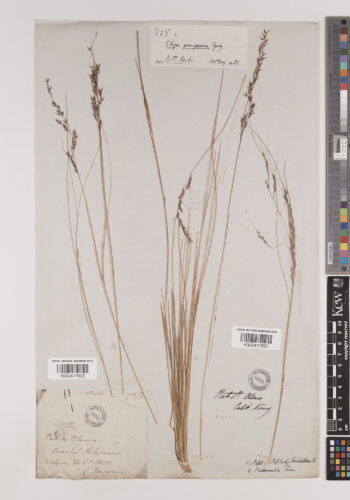Significant Milestones Reached at Kew
Max Communications along with transcription partners SBL have achieved a significant milestone in their large-scale digitisation project for Royal Botanic Gardens Kew. The project involved digitising, transcribing, and recording metadata from over six and a half million “specimen sheets” from Kew’s archive. Max Communications has now digitised over one million items while SBL has transcribed an similar number of specimen sheets.
The digitisation project, which is currently on target to finish a year ahead of schedule, involves records of plant specimens collected by researchers out in the field over the years and returned to Kew for cataloguing and storage. Max Communications has had to utilise experience gained from other large-scale projects such as the digitisation of the 1921 Census of England and Wales and its work with The National Archive, the British Library, and Lloyds Register to achieve the high levels of performance and project management with which we have become associated. The company has constructed bespoke capture stations and trolleys to work with the unique materials in this collection and this along with appropriate use of our own in-house archive project management software, Themis, has ensured the high levels of accuracy and productivity which we aim for.
We are currently using thirty-five cameras and employing thirty-eight staff members on this project. We are capturing over 17,000 images per day. The project management software used in the process, Themis, has been developed in-house by Max Communications and its innate flexibility makes it easy to customise for large-scale projects such as the one at Kew. Themis provides an intuitive and easy-to-use transcription interface, along with transcription and quality assurance management facilities. The fact that the software is cloud-based ensures that transcribers working remotely can access specimens from their own location, 24/7, leading to a smooth, efficient, and fast production flow. Additionally, Themis dovetails with our capturing software, ensuring that the specimen becomes available to Quality Assurance operatives the moment it is captured and submitted.
The project has already led to several interesting discoveries, including specimen sheets signed by Charles Darwin, Henry Fox Talbot, and even Charles Dickens, as well as specimens from renowned botanists Richard Spruce and Richard Evans Schules. The oldest confirmed specimen sheet discovered thus far is dated 1794, with the possibility of an earlier one from 1706, subject to verification.
Max Communications Operations Manager, Suren Abrahamayan, said: “None of this would have been possible without a professional, motivated, and well-trained team, as well as strong professional relationships with partners at Kew and SBL. A huge and heartfelt thank you goes out to all involved.”
This digitisation project has once again reinforced the importance of digitisation for preserving important archives and specimens, and the benefits of innovative project management software, such as Themis, to achieve successful outcomes.
If you'd like to get in touch to find out more about our services please use the buttons below or call us on +44 (0)20 8309 5445





